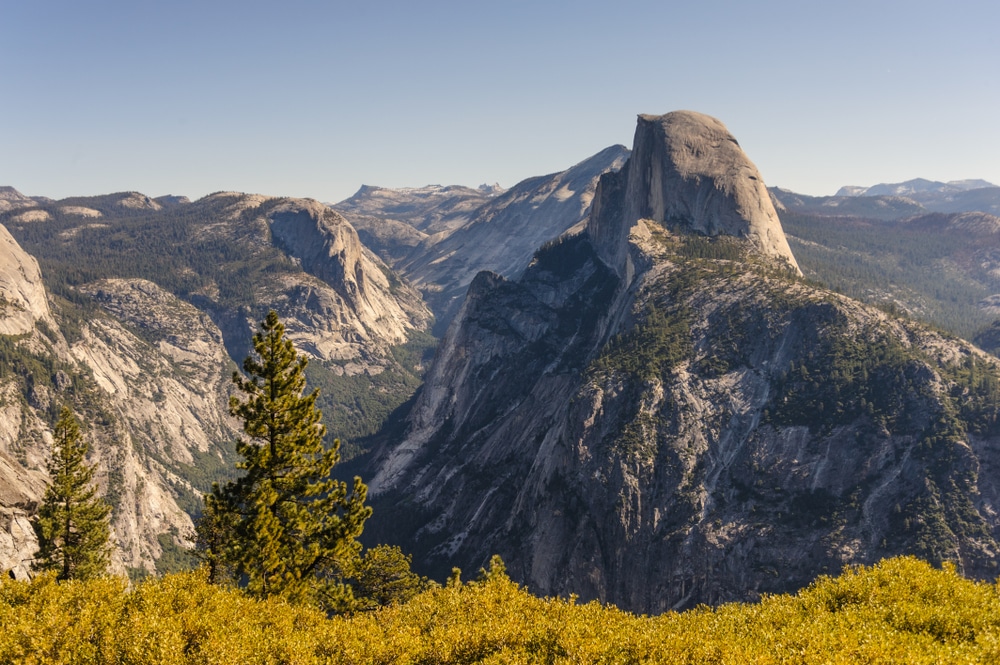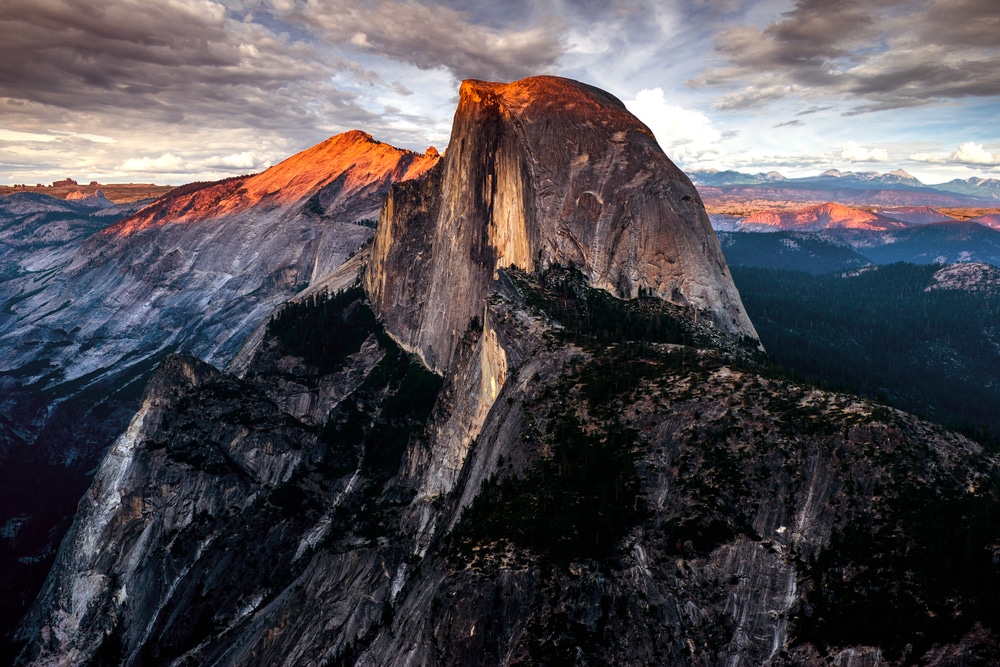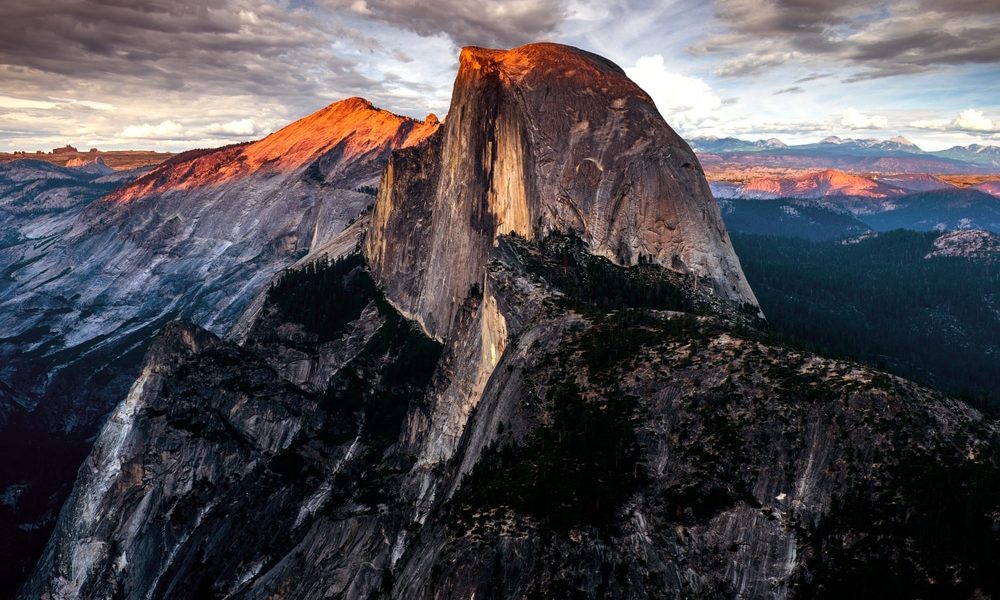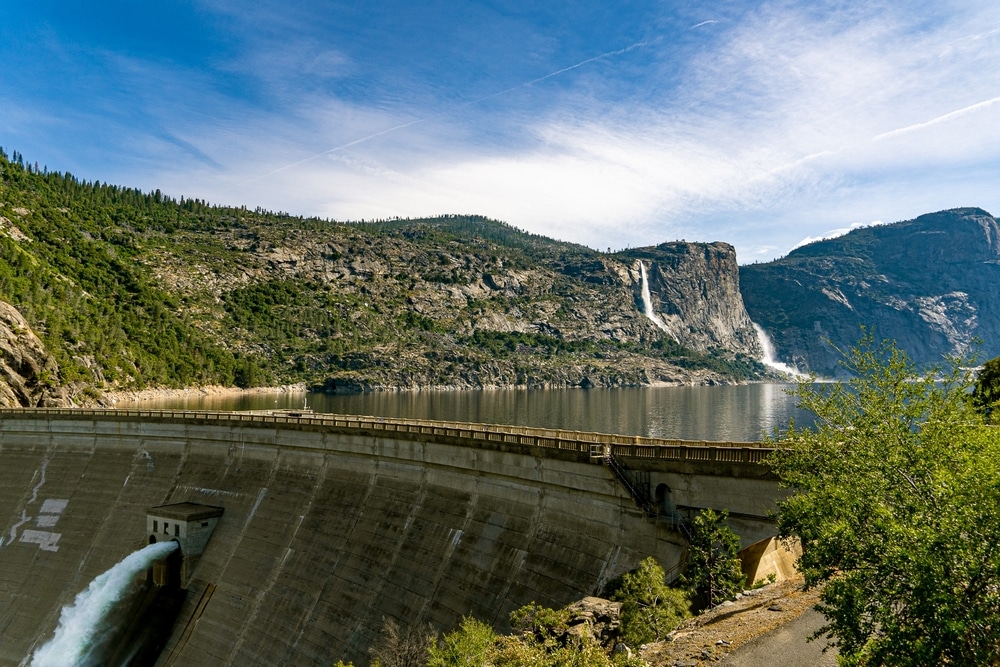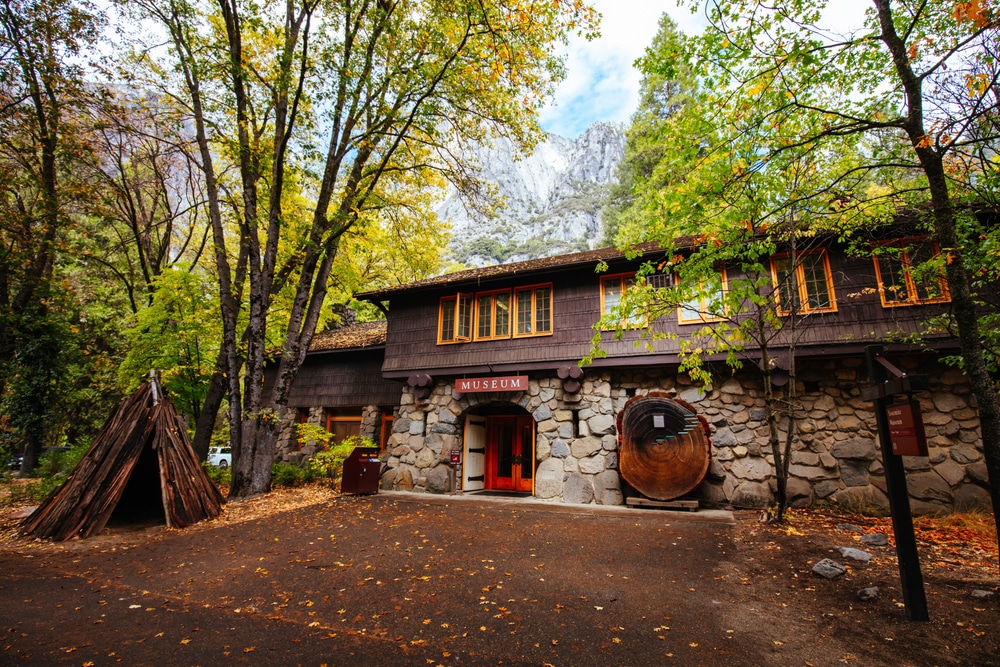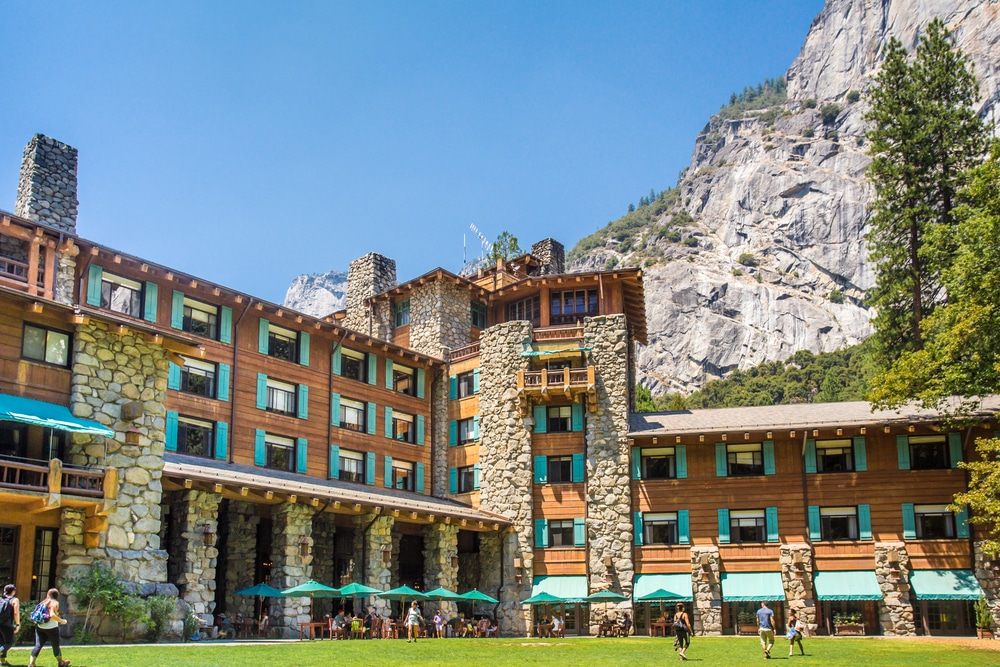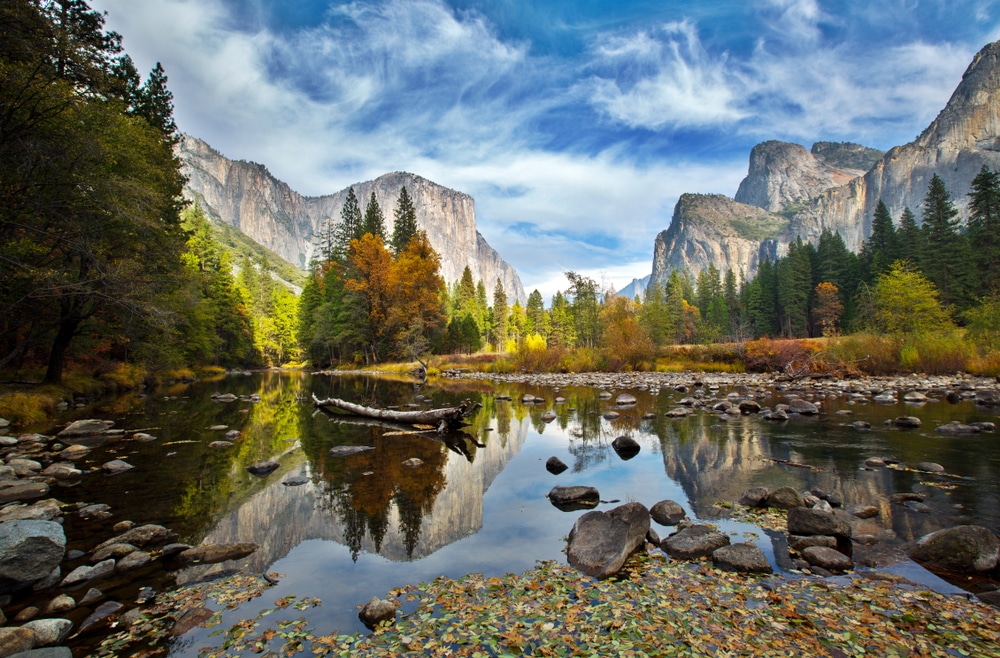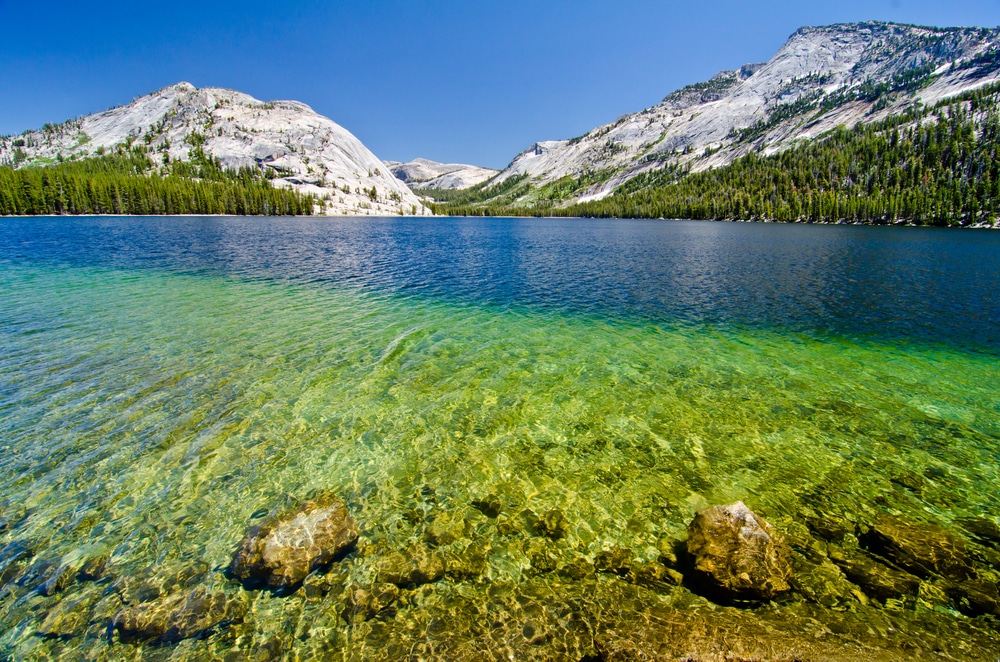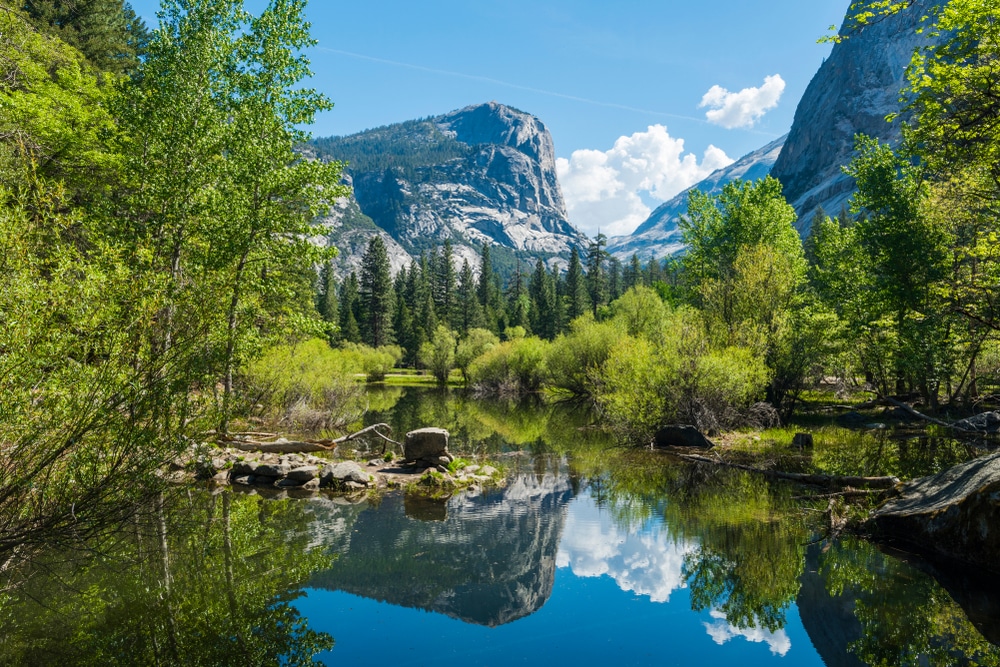Half Dome, a striking geological feature and one of the most recognized symbols of Yosemite National Park, stands as a testament to the natural forces that have shaped the Sierra Nevada landscape. This massive granite dome, known for its unique shape with a smooth, rounded surface on one side and a sheer cliff on the other, offers not only a challenging climbing endeavor but also a profound natural spectacle that draws millions of visitors and adventurers from around the world.
Geological Formation
Half Dome was formed approximately 87 million years ago through a combination of intrusive igneous activity and subsequent erosion. The dome is primarily composed of granodiorite, a type of intrusive igneous rock similar to granite but with a slightly different mineral composition.
The Making of the Dome
The distinct shape of Half Dome is largely due to glacial activity. While the original dome was probably fully round, glaciers during the Ice Age carved away one side of the dome, creating the steep flat face that is so iconic today. This glaciation stripped away weaker materials, leaving behind the resistant granodiorite that forms the current structure.
Climbing and Hiking
Half Dome is renowned for its climbing routes and the famous cable route that allows even those with modest climbing skills to reach the summit.
The Cable Route
Every year, thousands of hikers undertake the challenge of reaching Half Dome’s summit via the cable route, installed each summer to assist hikers up the final steep pitch. This hike is strenuous and requires advanced preparation and permits due to its popularity and the physical challenge it presents.
Technical Climbing
For more experienced climbers, Half Dome offers several technical rock climbing routes. The most famous of these is the Regular Northwest Face, which was first ascended in 1957 and remains a favorite challenge in the climbing community.
Natural Significance and Ecology
Half Dome not only serves as a breathtaking backdrop for Yosemite Valley but also plays a critical role in the local ecology.
Flora and Fauna
The areas around Half Dome support diverse ecosystems ranging from lush valley floors to rugged alpine environments. Wildlife, including black bears, mule deer, and various bird species, can be observed in these habitats, while the plant life varies significantly with elevation and exposure.
Cultural Impact
Half Dome has held a significant place in the cultural narratives of the native peoples of Yosemite, particularly the Ahwahnechee tribe. To them, Half Dome was known as “Tissiack,” and featured prominently in their legends and stories.
Historical Explorations
The first recorded ascent of Half Dome was by George Anderson in 1875, which opened the door to recreational climbing and helped establish Yosemite Valley as a premier destination for mountaineers and nature enthusiasts alike.
Conservation and Visitor Impact
The popularity of Half Dome has necessitated careful management strategies to balance human activity with conservation.
Permit System
The National Park Service has implemented a permit system for the cable route to manage the number of visitors, reduce environmental impact, and ensure safety.
Preservation Efforts
Ongoing efforts to preserve the natural beauty around Half Dome include trail maintenance, habitat restoration, and educational programs aimed at promoting sustainable visitation practices.
Conclusion
Half Dome continues to captivate and challenge those who witness and climb it. As a symbol of Yosemite’s wild beauty and a beacon for adventurers, it embodies the balance between human endeavor and natural preservation. Whether seen from the valley floor or from its imposing summit, Half Dome remains a profound reminder of nature’s power and majesty—a cornerstone of the wilderness heritage of Yosemite National Park.
